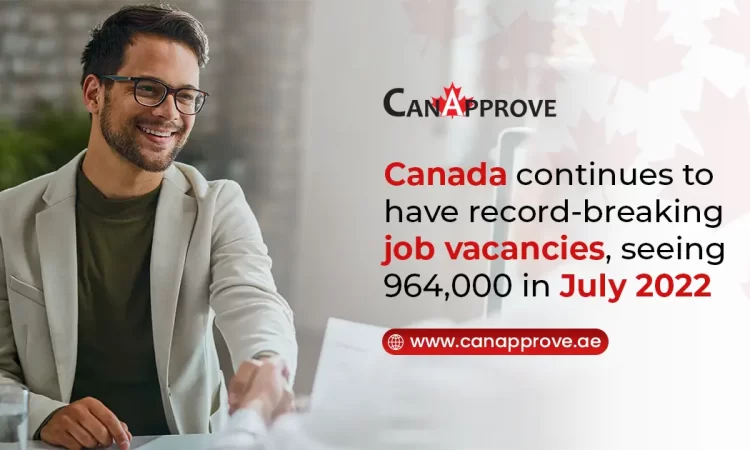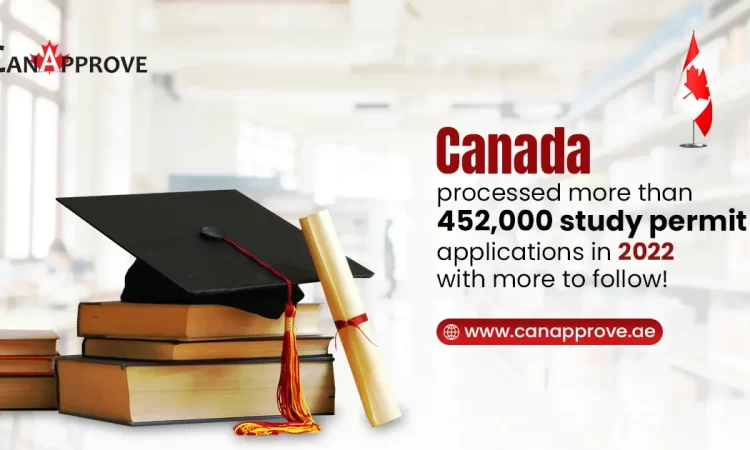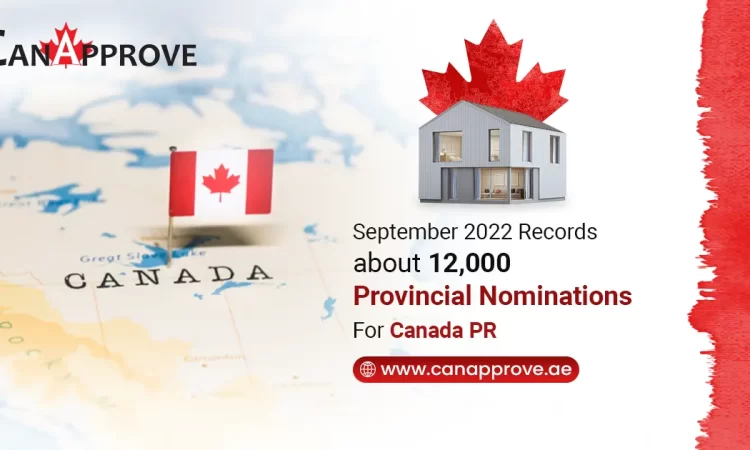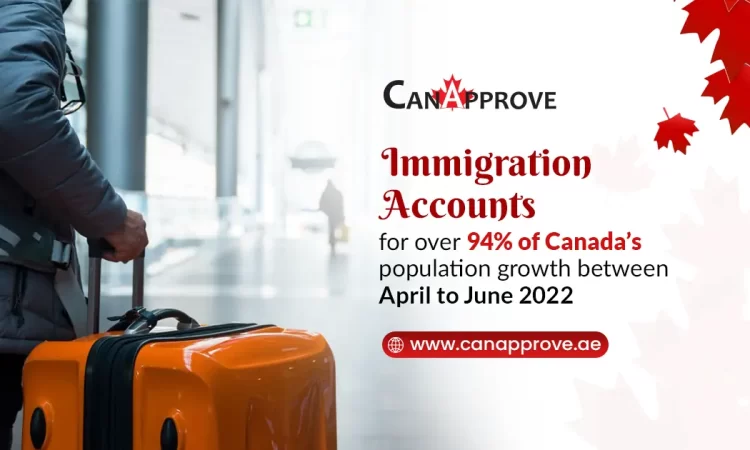Quebec immigration Arrima draws held on September 29 issued 1,195 invitations to eligible foreign skilled workers to apply for Canada permanent residency. Surprisingly, this is the third nomination draw in September 2022.

Usually, Quebec does not hold as many draws in a single month and releases draw results until one to two weeks after draws occur.
All the invited candidates had already submitted their Expression of Interest (EOI) under the Quebec Skilled Worker Program. Nurses, Computer Engineers, Technicians, Designers, and Educators are regularly included under the skilled worker category.
This draw required all the invited candidates to have profiles in the Arrima system for Quebec immigration with scores of at least 597 points to qualify for this draw. The qualifying score is lower than the previous draw that took place on September 15 with a score of 620 points.
Quebec has returned to the target of welcoming over 50,000 immigrants in 2022 after four years of reducing immigration intake.
Get in touch with our expert consultants to boost your chances of qualifying.
Quebec Target Occupations List
This is Quebec’s twelfth draw of 2022 and with a larger draw size in the Arrima Expression of Interest (EOI) system 2022.
List of 21 targeted occupations in Quebec include:
| Engineers |
|
| Healthcare |
|
| Educators |
|
| Designers |
|
| Other Skilled Work |
|
However, Quebec immigration programs are distinct from federal & other provincial immigration programs to obtain Canadian permanent residency.
Check your eligibility for Quebec immigration here with our free immigration assessment tool.
How To Qualify Under Quebec EOI Draw?
|
Apply for Quebec Immigration with CanApprove
Arrima system is a dedicated online portal to submit EOI for Quebec immigration under the Skilled Worker Program. It is modeled after the federal Express Entry system.
Equivalent to the Comprehensive Ranking System (CRS) in the federal Express Entry system, candidates are ranked in Arrima based on score which is dependent on factors such as their age, education, proficiency in French, area of training, and work experience.
Technically, an EOI is not regarded as an application but is only a way for interested candidates to notify the Government of Quebec that they would like to be considered for the Quebec Selection Certificate (Certificat de sélection du Québec, or CSQ).
Eligible candidates are invited to apply for a CSQ based on either their scores or other factors such as labor shortages in the province’s outlying regions. Those who apply for and receive a CSQ are required to apply for Canadian permanent residency through the federal Immigration Ministry which verifies medical and criminal admissibility.
Book your appointment with CanApprove to explore more Canadian immigration and permanent residency options.












